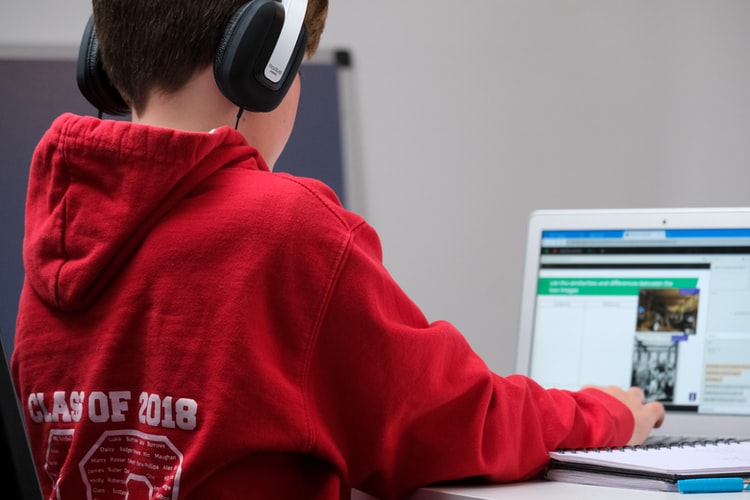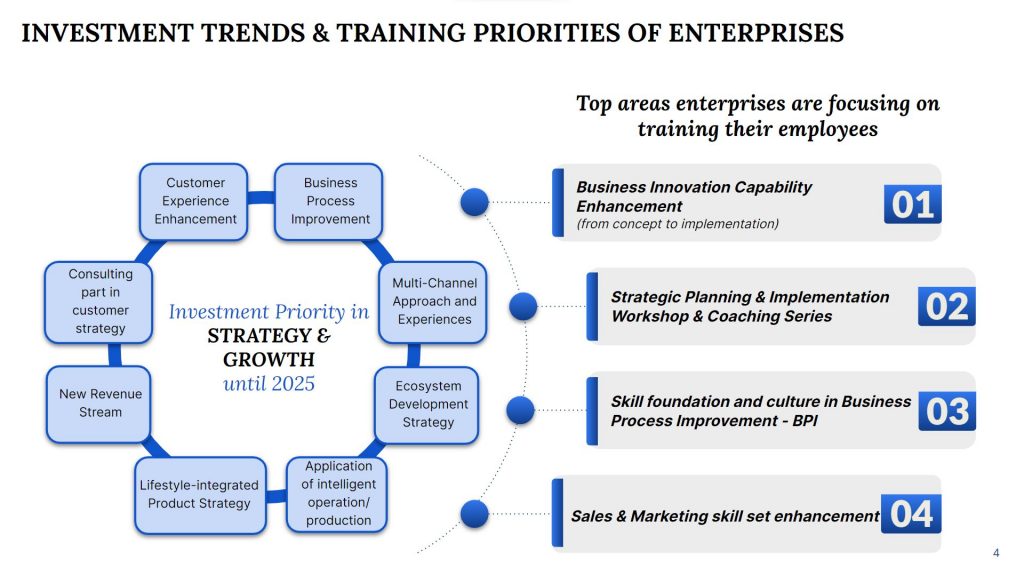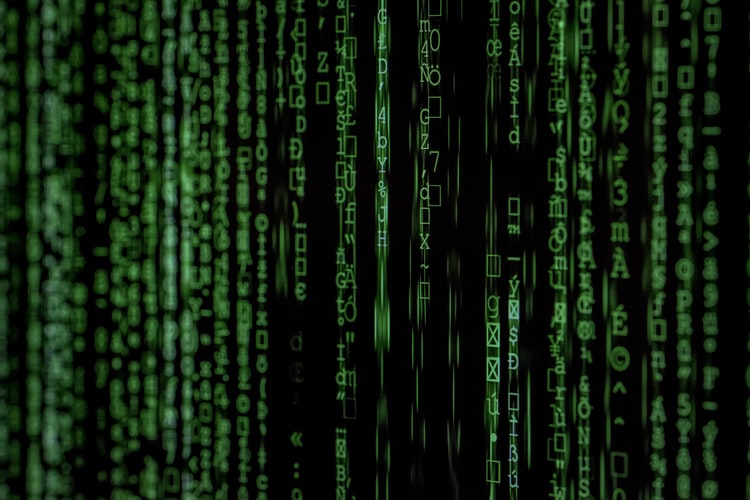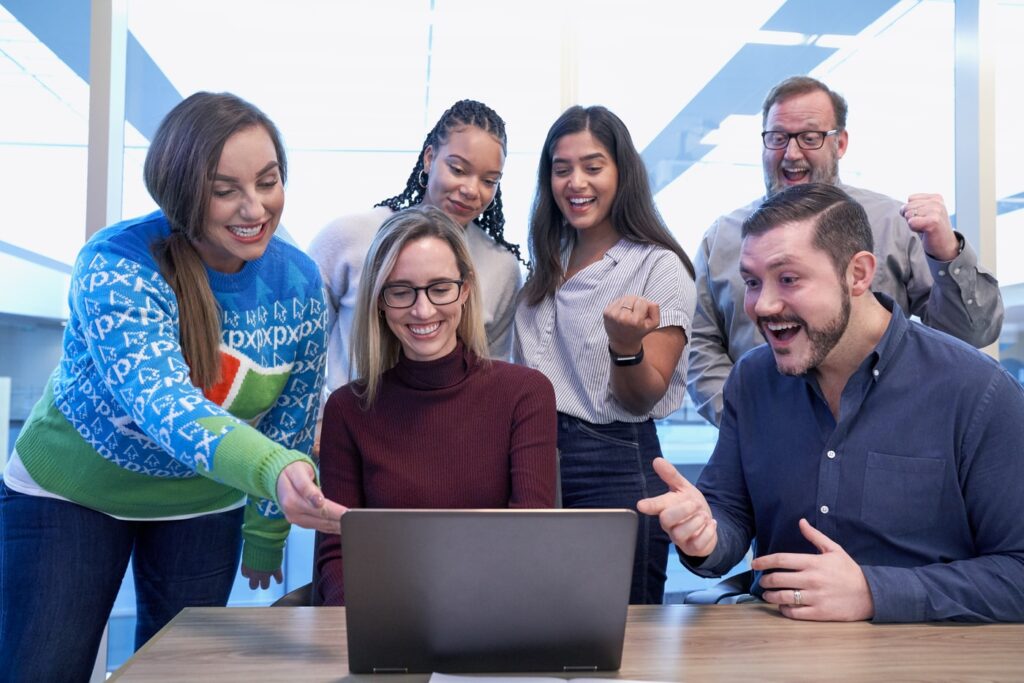Unfinished learning is a better description of our circumstances for the past year. Because of school closures, unequal access to technology, and all the other factors that have interrupted learning, students haven’t been able to get all the learning they needed for the past year.
What have we learned about unfinished learning?
By the end of the 2020 -2021 school year, more than 98 percent of students had access to some form of in-person learning, from the traditional five days a week to hybrid models. In the interim, districts oscillated among virtual, hybrid, and in-person learning as they balanced the need to keep students and staff safe with the need to provide an effective learning environment. Students faced multiple schedule changes, were assigned new teachers midyear, and struggled with glitchy internet connections and Zoom fatigue. This was a uniquely challenging year for teachers and students, and it is no surprise that it has left its mark-on student learning.

As we analyze the cost of the pandemic, we use the term “unfinished learning” to capture the reality that students were not given the opportunity this year to complete all the learning they would have completed in a typical year. Some students who have disengaged from school altogether may have slipped backward, losing knowledge or skills they once had. The majority simply learned less than they would have in a typical year, but this is nonetheless important. Students who move on to the next grade unprepared are missing key building blocks of knowledge that are necessary for success, while students who repeat a year are much less likely to complete high school and move on to college. And it’s not just academic knowledge these students may miss out on. They are at risk of finishing school without the skills, behaviors, and mindsets to succeed in college or in the workforce. An accurate assessment of the depth and extent of unfinished learning will best enable districts and states to support students in catching up on the learning they missed and moving past the pandemic and into a successful future.
Unfinished learning is real – and inequitable
To assess student learning through the pandemic, we analyzed Curriculum Associates’ i-Ready in-school assessment results of more than 1.6 million elementary school students across more than 40 states. We compared students’ performance in the spring of 2021 with the performance of similar students prior to the pandemic. Students testing in 2021 were about ten points behind in math and nine points behind in reading, compared with matched students in previous years.

To get a sense of the magnitude of these gaps, we translated these differences in scores to a more intuitive measure – months of learning. Although there is no perfect way to make this translation, we can get a sense of how far students are behind by comparing the levels students attained this spring with the growth in learning that usually occurs from one grade level to the next. We found that this cohort of students is five months behind in math and four months behind in reading, compared with where we would expect them to be based on historical data.
Unfinished learning did not vary significantly across elementary grades. Despite reports that remote learning was more challenging for early elementary students, our results suggest the impact was just as meaningful for older elementary students. We can hypothesize that perhaps younger elementary students received more help from parents and older siblings, and that older elementary students were more likely to be struggling alone.
Source: McKinsey.
>> Do you want to read all this Article? Subscribe to Our Newsletter so as not to miss this roundup of our newest and most distinctive insights.





